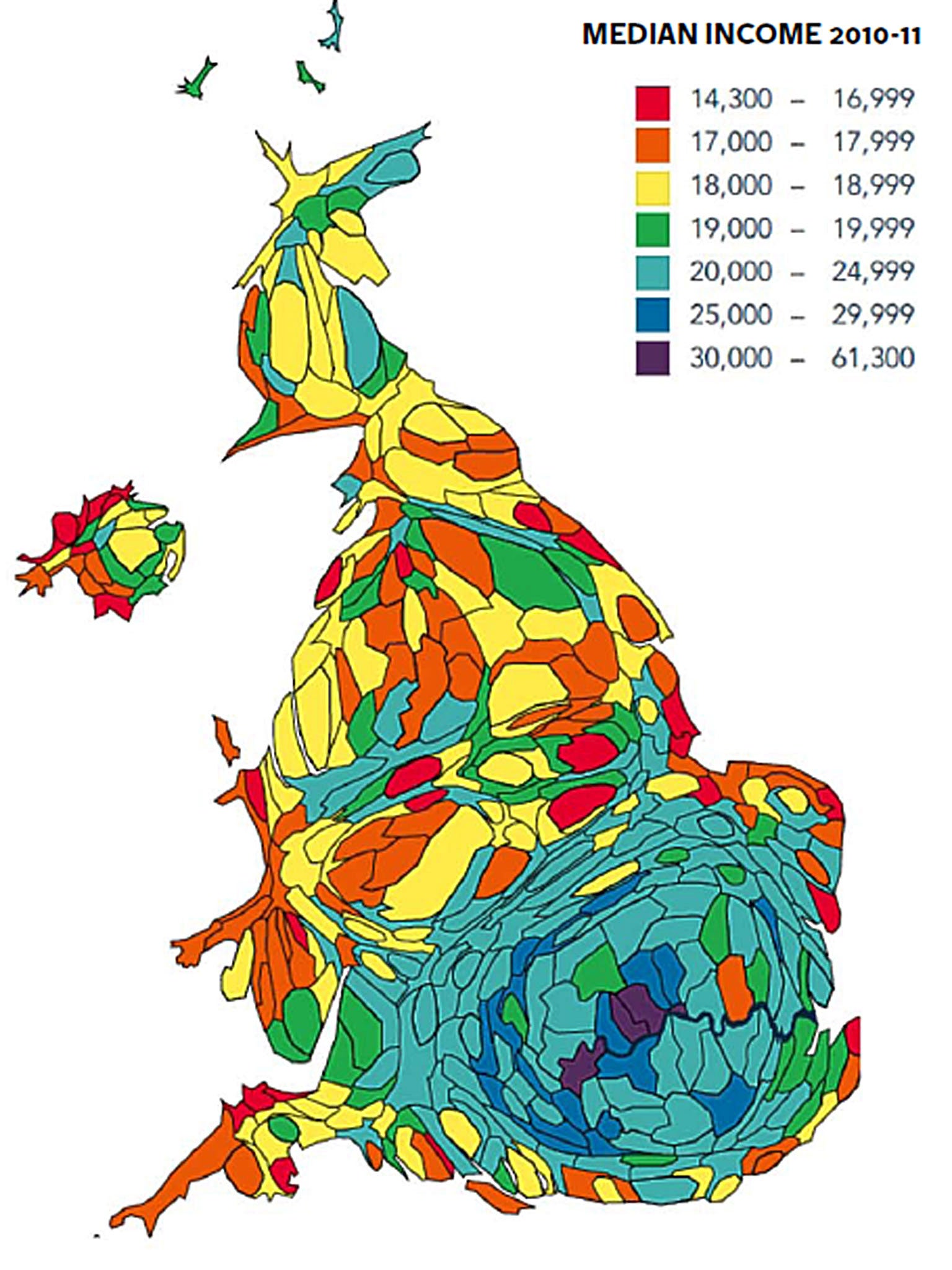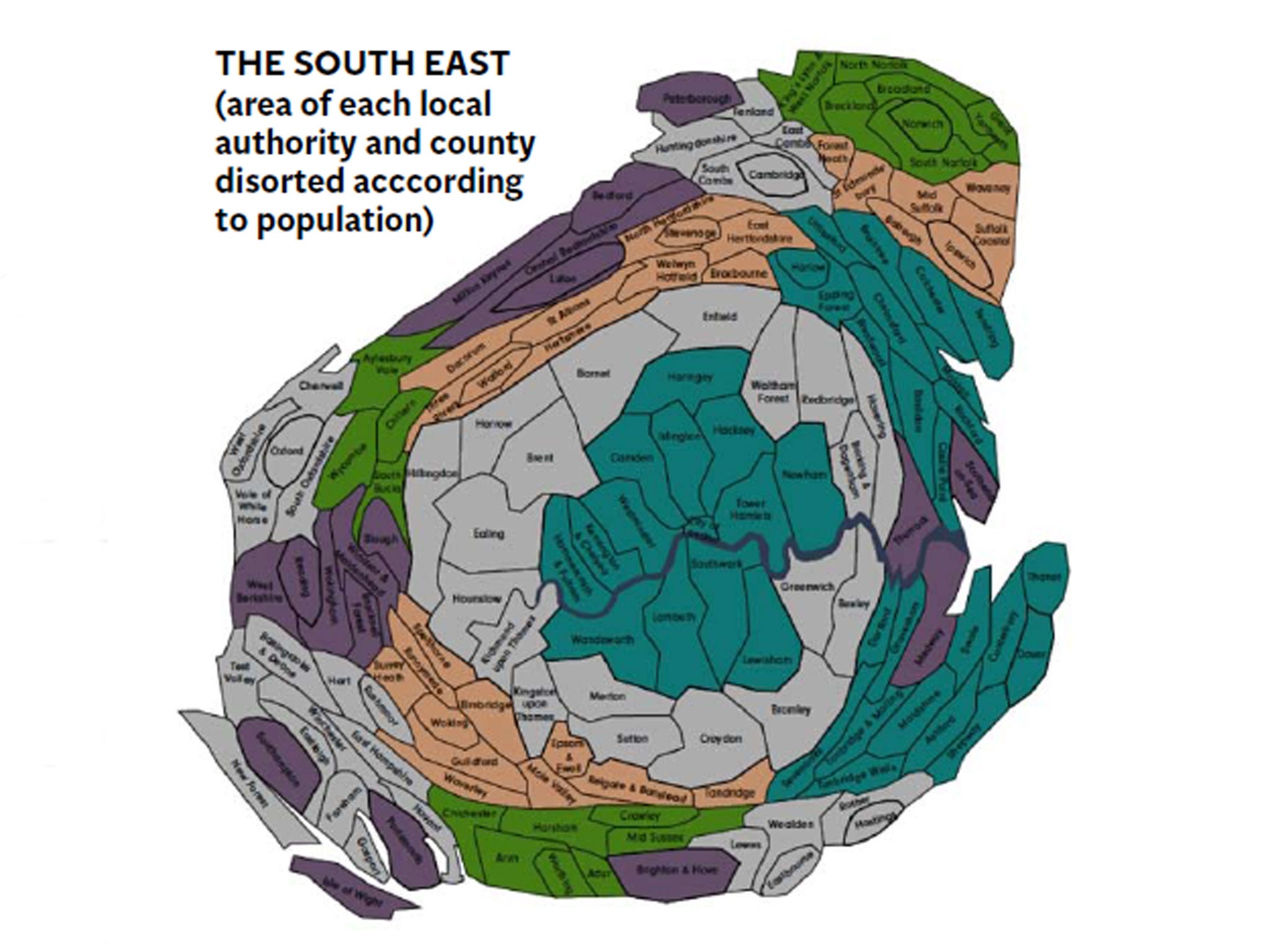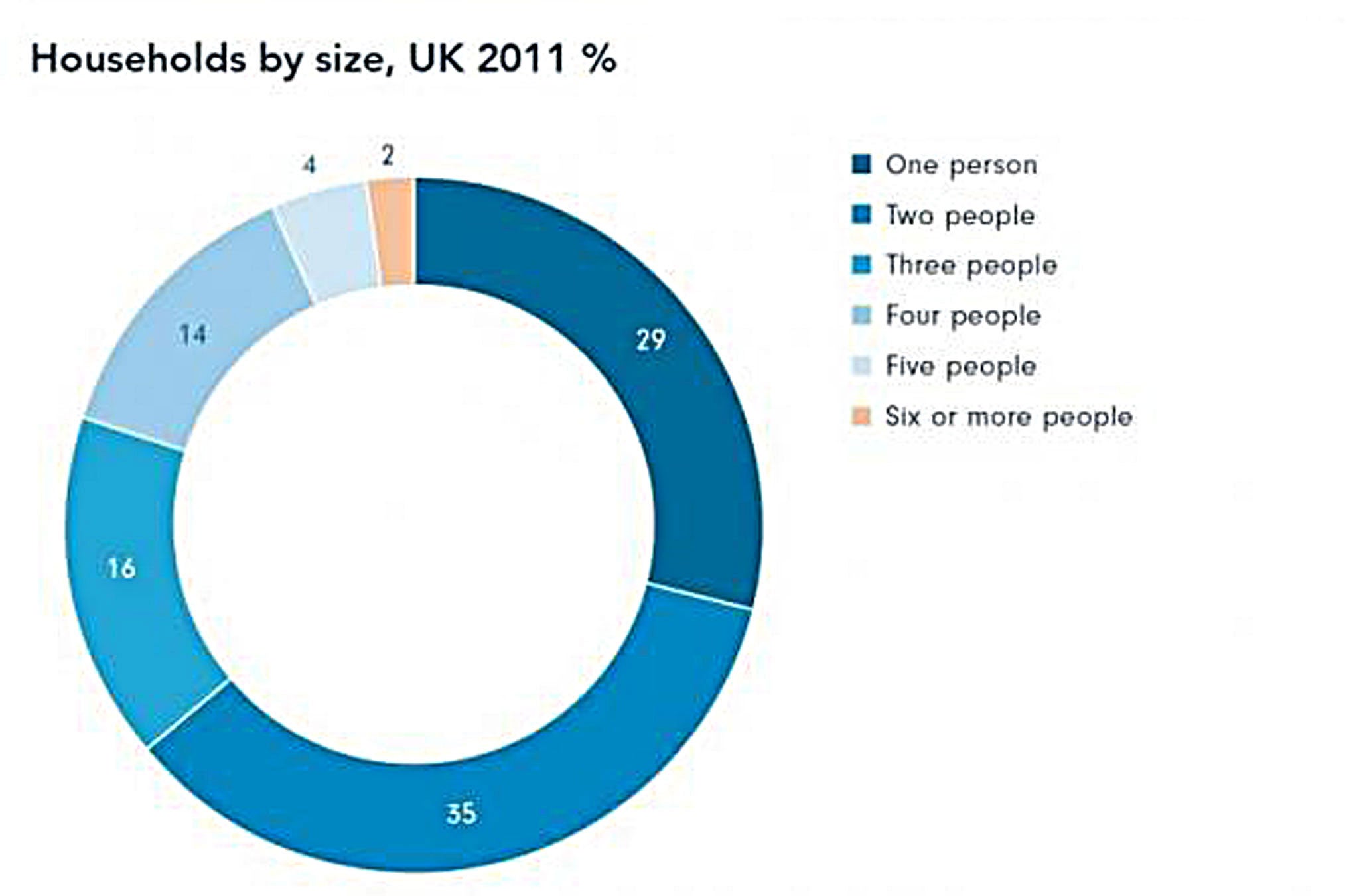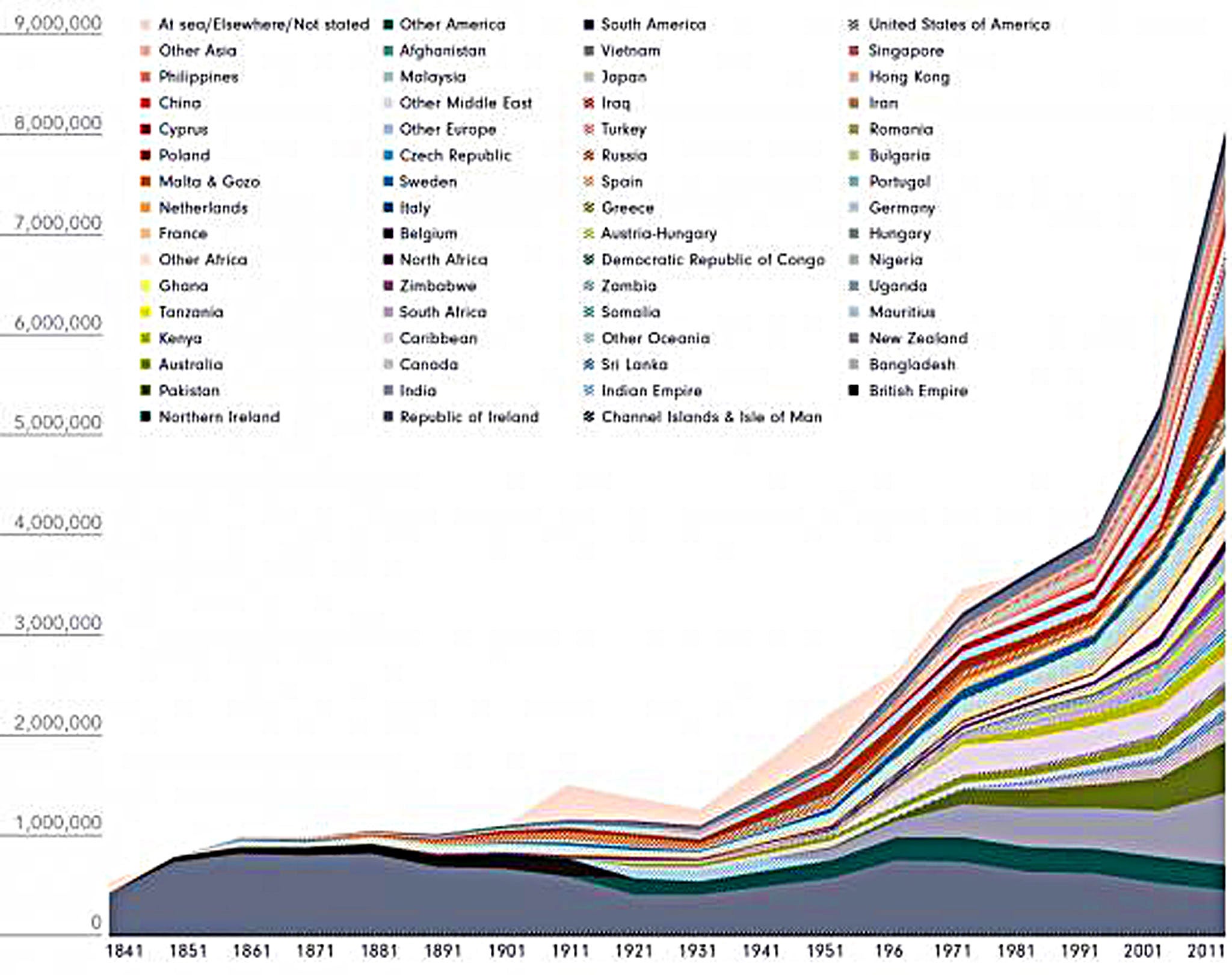Britain's human landscape: Oxford university's Professor Danny Dorling has created an atlas of the UK's population
Professor Danny Dorling knows that there are more men than women in London, and that our largest group of migrants comes from a surprising place. Simon Usborne hears from the creator of the human atlas

Your support helps us to tell the story
From reproductive rights to climate change to Big Tech, The Independent is on the ground when the story is developing. Whether it's investigating the financials of Elon Musk's pro-Trump PAC or producing our latest documentary, 'The A Word', which shines a light on the American women fighting for reproductive rights, we know how important it is to parse out the facts from the messaging.
At such a critical moment in US history, we need reporters on the ground. Your donation allows us to keep sending journalists to speak to both sides of the story.
The Independent is trusted by Americans across the entire political spectrum. And unlike many other quality news outlets, we choose not to lock Americans out of our reporting and analysis with paywalls. We believe quality journalism should be available to everyone, paid for by those who can afford it.
Your support makes all the difference.When Danny Dorling was a child he enjoyed watching people navigating the dark, damp underpass that linked the homes and workplaces either side of a big road outside Oxford. Some were bound for university jobs, others to the car factory, and they came from homes of varying value; their routes between the subway's four exits varied accordingly.
Dorling saw a map of sorts in that subterranean flow, which changed along with its surroundings, including the closure of the factory, but in other ways felt static, as if printed. "All of the children I met in the subway ended up at the same secondary school," he says. "But by then, where they were going to next, and how they would add to the sediment of society, was often largely decided."
The subway later guided Dorling's future. He would make it his life's work to dig through the layers that make up Britain's human landscape, and then map it in ways nobody else had thought to do. Now aged 48 and a professor of geography at Oxford University, he is the co-author of People and Places: A 21st Century Atlas of the UK. Drawing on the 2011 census and other data, the book uses maps, graphs and commentary to offer a comprehensive view of a nation undergoing rapid change.
Gender, faith, employment and ethnicity feature in the new, third edition of the atlas, which has the academic heft required by policy makers, while remaining accessible to any keen people watcher. "Really detailed human geography mapping is a little like using an electron microscope for the first time and seeing how things you always talked about theoretically actually look," Dorling says. He and his co-author, Bethan Thomas, have devoted themselves to this work for more than 30 years. When the first edition came out in 1995, using the earliest, crunchable census data from as far back as 1971, Britain was smaller by more than seven million people, or the population of London as it then stood. With growth has come dramatic change.

"I remember counter-urbanisation when I started," Dorling recalls. "The countryside was filling up and London had been through decades of population decline. In the early 1980s, Michael Heseltine turned up in Dalston in east London and said how awful it was, and that nobody wanted to live there."
Urbanisation has run wild since then, and Dalston is bursting. Dorling's national maps, distorted according to the spread of people, illustrate this, with obscene bulges particularly around London, and shrivelled extremities.
He and Thomas use this outline to visualise Britain today, adding commentary to each field. The chapter on sex, age and marriage reveals how Britain is manning up. For reasons that are a matter for debate, men almost always tend to outnumber women (by 105 to 100 at birth in Britain). But between the censuses of 2001 and 2011, Dorling has observed movement in that gap. The male population grew by 2.5 million, but the number of women only went up by 1.9 million. A map of those 600,000 extra men finds many of them in London, perhaps partly due to gender-skewed immigration. Yet Bournemouth, with a large elderly population, is one of the regions with the biggest sex discrepancy. Here, mortality is the more likely cause, as men close the longevity gap on women; more than half the bonus men of the 2000s are aged 65 to 97.

The movement of people, within and into Britain has transformed these islands. The biggest immigrant group is English people moving to Scotland and Wales, but Dorling is particularly proud of a new visualisation of broader ethnic diversity. The graph, reproduced here, shows the number of people living in Britain who were born overseas, from 1841, when the question was first asked (then the options included only Ireland, which was actually part of Britain, the Empire and elsewhere) to 2011. Ireland, which is at the bottom of the graph, was only surpassed as the biggest source of foreign-born UK residents very recently, by India (Poland was the third biggest source in 2011).
"This is the kind of graph the US hangs on museum walls as a celebration but as far as we know, nobody has produced one like it here," Dorling says. In a second graph he places the same steep curve against the whole population, where it looks a lot less significant (the foreign-born population recorded in 2011, from more than 50 countries, represented 13.1 per cent of people living in Britain, up from 6.4 per cent 50 years earlier).

The financial crash is written all over Dorling's data. "There are incredible delays in pregnancy," he says. "We have data going up to 2014 showing the average age of mothers going over 30 and there is no slowdown. The housing crisis is part of the reason and it's delaying other things. People aren't leaving London when they normally would."
There was also was a doubling in the number of people renting homes between 2001 and 2011. Dorling fears the consequence of another doubling, but adds: "Wherever we see a dramatic trend it usually means we're at a high point, and that it won't be as dramatic in the next census. But that requires political change."

Change requires smart data, and the rational interpretation of it. Dorling's expertise means he has consulted governments on successive censuses, and strongly resists those who have sought to save money by ditching them. "It's a Victorian form of surveillance but you need it if you're going to plan for schools and hospitals," he says.
The next headcount is due to take place in 2021, but Dorling is not certain he will have the energy to make sense of it. He hopes to inspire a new generation of human cartographers to see the world the way he does. "We think we know where we live and who is around us, but we very rarely actually look," he says.
'People and Places: A 21st Century Atlas of the UK' by Danny Dorling and Bethan Thomas (Policy Press, £22.99) is out next month
Join our commenting forum
Join thought-provoking conversations, follow other Independent readers and see their replies
Comments